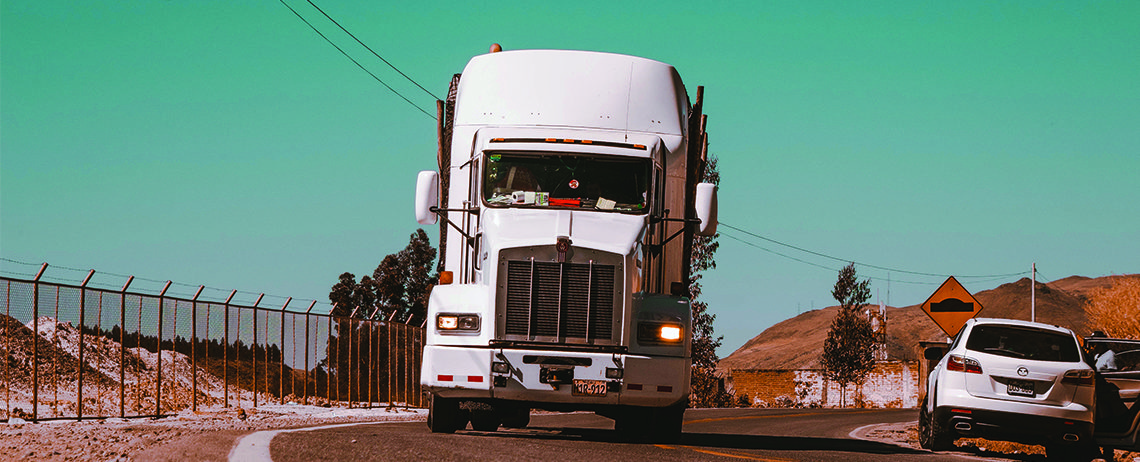How Tech Innovation is Driving Better Refrigeration and Supply Chains
SafetyCulture News | By | 28 Nov 2018 | 3 minute read

One of the earliest pioneers of refrigeration technology is a little-known Australian from the small town of Geelong, Victoria, who came up with a dazzling invention.
Scottish printer and journalist James Harrison, who moved to Australia in 1837, invented the first ever commercial ice-making machine, using sulphuric ether, in 1854. He continued to innovate in the field, developing the first vapour-compression refrigeration system, which he patented in 1855. These machines got taken up by various businesses proffering those two Aussie staples: beer and meat. His work remains the blueprint of today’s refrigeration systems.
From these humble origins, refrigeration has turned out to be very big business—and it’s only getting bigger. The world’s population is set to grow to more than 9.1 billion by 2050, a 34 per cent growth, with food production needed to grow by 70 per cent to meet that demand, according to the Food and Agriculture Organization of the United Nations.
Globally, refrigeration, including air-conditioning and heat-pump systems, uses about 17 per cent of all electricity consumed worldwide, according to the International Institute of Refrigeration. Australia itself, somewhat unsurprisingly, has proportionally high statistics in the sector.
In a report, Cold Hard Facts, for the Department of the Environment and Energy, released in September, the latest figures included:
- 23.6 per cent of electricity produced in Australia powers more than 54 million pieces of equipment, making it the largest class of technology consuming electricity.
- Perishable food production is worth $38 billion annually.
- About 300,000 people are employed in the industry across 20,000 businesses.
- $8.1 billion is spent on new equipment annually.
- The total expenditure on refrigeration equipment and services annually at $38 billion is equal to 2.3 per cent of the GDP.
- The refrigeration sector grow by 50 per cent from 2006 to 2016, attributed to the strong economy, population growth, reduced costs of equipment and higher summer temperatures.
It’s not just coolrooms, cafes, restaurants, some 4000 supermarkets and 38,000 refrigerated trucks that are supplied. There’s also a wide range of vital services from hospitals and pharmaceutical supply lines through to operational centres for data systems.
The report highlights supermarket giant Coles as a business “at the forefront of development in supermarket refrigeration”. Among the company’s innovations include a contact centre in Melbourne which monitors around-the-clock conditions, operating status and leaks across more than 2500 of its Wesfarmers Group sites, including Coles, Target, and convenience stores.
It says the company has made energy savings of up to 25 per cent since 2012, and reduced leaks from 20 per cent to 6 per cent over the past decade.
Coles has been working with facilities management company City Holdings for refrigeration maintenance since 2009, and the supermarket chain says over that time it has seen an 84 per cent improvement in stock losses and a reduction of 30 per cent in the cost of store maintenance as a percentage of sales.
James Harrison’s time at the forefront of refrigeration came to an end in the early 1870s, when an attempt to take frozen meat from Australia to Britain failed halfway through the voyage after the quantity of ice consumed turned out to be much greater than anticipated. Twenty-five tons of meat had to be thrown overboard, and Harrison’s trajectory was halted.
The monitoring of temperatures, wastage and deterioration of stock remain as important as ever. Innovations continue, including the use of remote, wireless data throughout the supply chain using concepts known as the Internet of Things (IoT) continue to support operational efficiency and cut losses.
Developments are not just affecting domestic business either: temperature monitoring used by exporter Peloris Global Sourcing has meant that the company is now responsible for about 30 per cent of milk exports into China, according to reports.
Real-time monitoring is key not only to protecting businesses, profits and standards but growing it, too.
Important Notice
The information contained in this article is general in nature and you should consider whether the information is appropriate to your specific needs. Legal and other matters referred to in this article are based on our interpretation of laws existing at the time and should not be relied on in place of professional advice. We are not responsible for the content of any site owned by a third party that may be linked to this article. SafetyCulture disclaims all liability (except for any liability which by law cannot be excluded) for any error, inaccuracy, or omission from the information contained in this article, any site linked to this article, and any loss or damage suffered by any person directly or indirectly through relying on this information.





